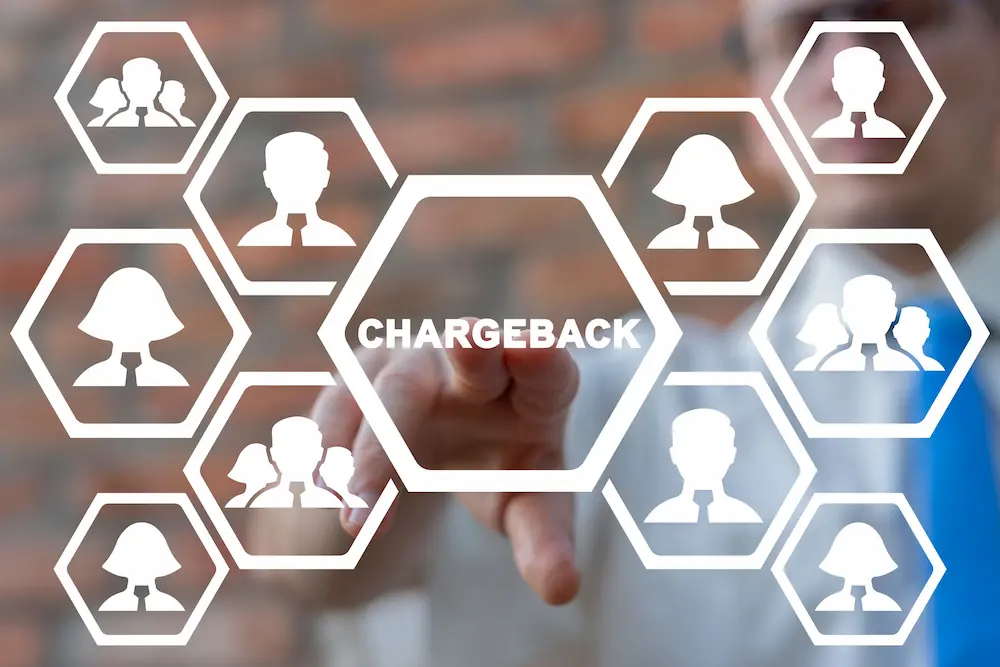In the dynamic space of eCommerce, chargebacks are a common issue that customers and online business owners face.
Chargebacks exist as a form of consumer protection for customers.
However, chargebacks are still subject to further investigation, at which point issuing banks will deliver a verdict on whether it is a valid or invalid chargeback.
It is only once this decision has been made that cardholders are either refunded, or their payments stand.
However, customers and merchants may be left with the question, “how do you know if a chargeback is invalid?”.
It is not unreasonable to ask this question, as various circumstances can affect the validity of a chargeback.
Therefore, it is crucial to understand the different forms of chargebacks to allow for a better understanding of what to expect in different circumstances.
In this article, we’ll aim to address the differences between valid and invalid chargebacks.
What is a chargeback?
Chargebacks are transaction reversals initiated by cardholders or issuing banks. Consumer protection regulations allow customers to dispute a transaction and seek a reversal if they feel they have been wronged.
This can range from reasons such as unauthorized transactions to receiving goods not as described.
However, there may also be ulterior motives for chargebacks, such as an attempt at friendly fraud. In the end, the issuing bank will make a call on whether a chargeback is valid or invalid.
What is a valid chargeback?
A valid chargeback will mean that a customer has raised a dispute which the bank accepts. In such cases, the bank will have received sufficient evidence from the customer that allows them to make this decision.
Examples of a valid chargeback:
- The customer was charged twice for the same product yet only received one
- The customer was not sent an item in the delivery timeframe, or it was sent but not as described.
- The customer’s card details were stolen and used to make the purchase.
What happens after a valid chargeback?
After a chargeback is accepted by the bank, the transaction value will be returned to the customer. This will mean the merchant or business owner may incur additional costs for chargeback fees and will lose out on the transaction value for the goods sold.
What is an invalid chargeback?
An invalid chargeback is one where the bank agrees that the merchant is not at fault. This will require convincing evidence submitted by the merchant to allow for this to occur.
Examples of an invalid chargeback:
- The customer received the goods but submitted a chargeback anyway, claiming they did not receive them (i.e. friendly fraud).
- The customer’s bank files a dispute after the deadline has passed.
What happens after an invalid chargeback?
In cases of invalid chargebacks, the payment value will be returned to the merchant. The customer will be expected to pay for the item as the bank will have reason to believe that goods or services have been received. However, the merchant will usually still have to pay a chargeback fee to their acquirer or payment service provider.
How to deal with valid or invalid chargebacks

The one thing that separates a valid or invalid chargeback is sufficient evidence.
Whether you’re on the receiving end of a chargeback or not, the fact remains the same.
When a chargeback claim is issued, the merchant will receive a reason code as to why the chargeback has been initiated.
This should then allow the business to gather relevant evidence to offer as a rebuttal to the chargeback.
Ensure that when you submit evidence, you include as much relevant information as possible to allow the bank to make an informed decision.
If one side submits more convincing evidence than the other, the bank will likely side with them.
So, ensure you are aware of the entire chargeback process, your rights, and how to go about it to ensure you have success.
Other ways for merchants to deal with invalid chargebacks
Losing out to illegitimate chargebacks is an unnecessary loss for any business.
Finding the required evidence to submit for every chargeback claim may seem like an arduous task.
Especially when chargebacks come with reasoning codes that require in-depth knowledge of what evidence is required.
However, there are chargeback prevention and mitigation solutions available that can make the entire process much easier to deal with.
One such solution is Justt. A full-service chargeback solution, Justt combines proprietary technology with industry knowledge to offer chargeback mitigation and prevention.
This is a surefire way to ensure that you have some form of chargeback protection in place.
Bottom Line
Chargebacks can be damaging to businesses, especially invalid chargebacks. The key difference to understand is that a valid chargeback is one that will be accepted by the bank and result in a loss to the business.
Whereas an illegitimate chargeback can be won by the merchant and the revenue from the original sale recovered by the business.
Regardless of valid or invalid chargebacks, all businesses should have a process to deal with chargebacks.
This will ensure businesses stand a better chance of protecting themselves against unnecessary loss.









